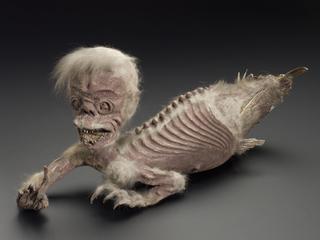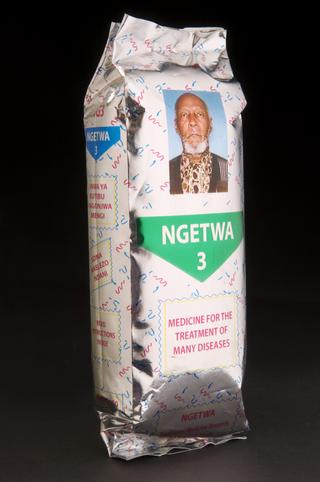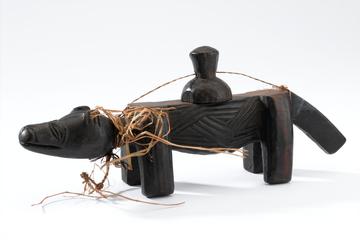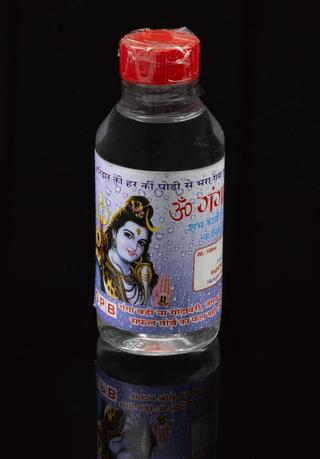
Mole's foot amulet, Norfolk, England, 1890-1910
- Made:
- 1890-1910 in Downham Market








Mole's foot amulet, carried loose as a cure for cramp and toothache, from Downham, Norfolk, October 1910
The growing influence of biomedicine in the 1800s did not necessarily replace established forms of treatment based on belief and superstition. What could be referred to as folk medicine – customs that often went back generations – continued to be practised. For example, carrying a mole’s forefoot in a pocket as an amulet to prevent cramp is a medical tradition specific to the East Anglia region of England. The feet were either hacked off a mole or bought from a shop.
As an amulet against toothache, moles’ feet have a much longer and wider tradition, being recommended by the Roman writer Pliny in the first century CE. The mole foot was purchased in 1930 from Edward Lovett’s (1852-1933) collection of British amulets and charms. it is shown here with a similar example (A79964).
Details
- Category:
- Ethnography and Folk Medicine
- Collection:
- Sir Henry Wellcome's Museum Collection
- Object Number:
- A79966
- Measurements:
-
overall: 5 mm x 24 mm x 19 mm,
- type:
- mole footamulets
- credit:
- Lovett collection




